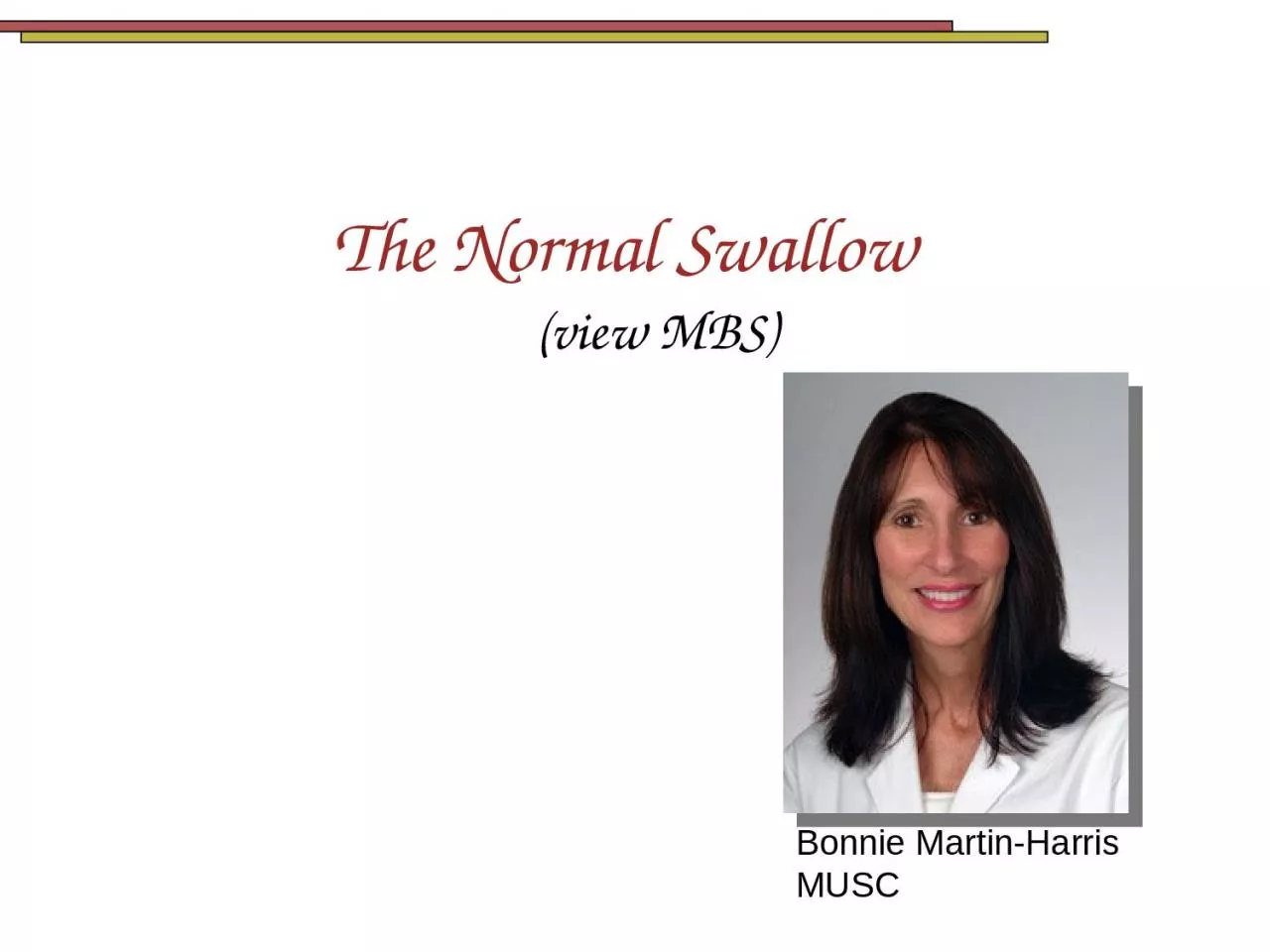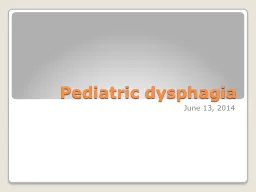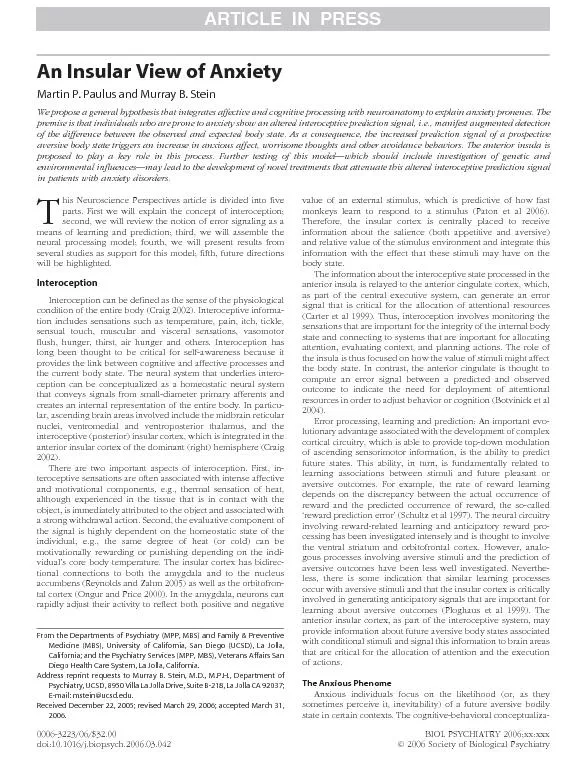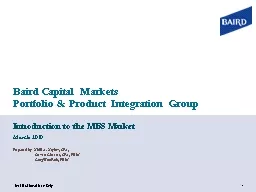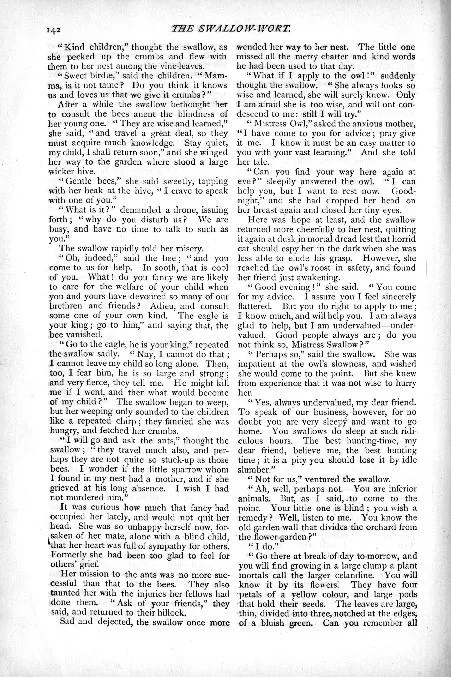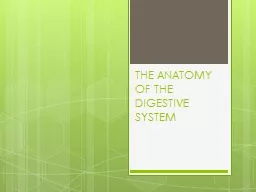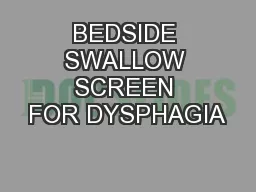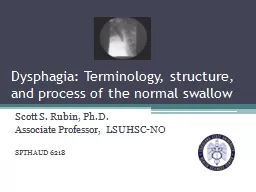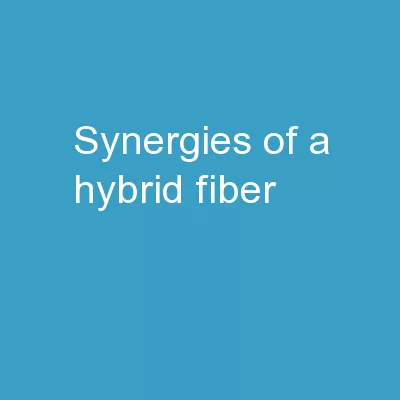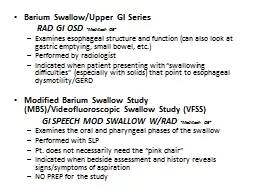PPT-The Normal Swallow (view MBS)
Author : emmy | Published Date : 2024-01-03
Bonnie MartinHarris MUSC 3 Stages or phases of swallowing Swallowing One continuous act Can be divided into 3 interdependent stages Logemann Oral includes oralpreparatory
Presentation Embed Code
Download Presentation
Download Presentation The PPT/PDF document "The Normal Swallow (view MBS)" is the property of its rightful owner. Permission is granted to download and print the materials on this website for personal, non-commercial use only, and to display it on your personal computer provided you do not modify the materials and that you retain all copyright notices contained in the materials. By downloading content from our website, you accept the terms of this agreement.
The Normal Swallow (view MBS): Transcript
Download Rules Of Document
"The Normal Swallow (view MBS)"The content belongs to its owner. You may download and print it for personal use, without modification, and keep all copyright notices. By downloading, you agree to these terms.
Related Documents

